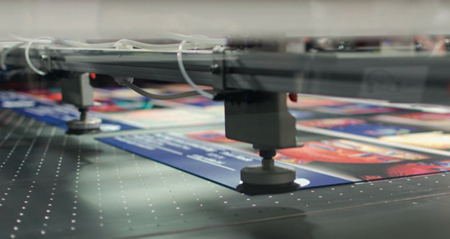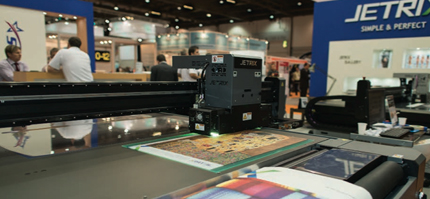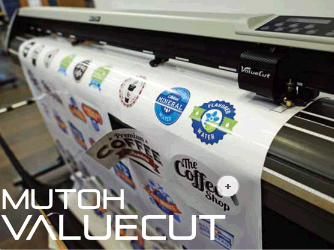Nessan Cleary talks to two users about their experiences with this high-volume flatbed printer.
Konventional wisdom has it that screenprinting is better suited to fast throughput than inkjet but there are several digital printers that challenge that. This month we’ve been looking at one of these - HP's FB7600. Naturally print quality and the ability to handle multiple substrates are still key considerations but these printers are all about productivity, so the loading and unloading systems are just as important.










